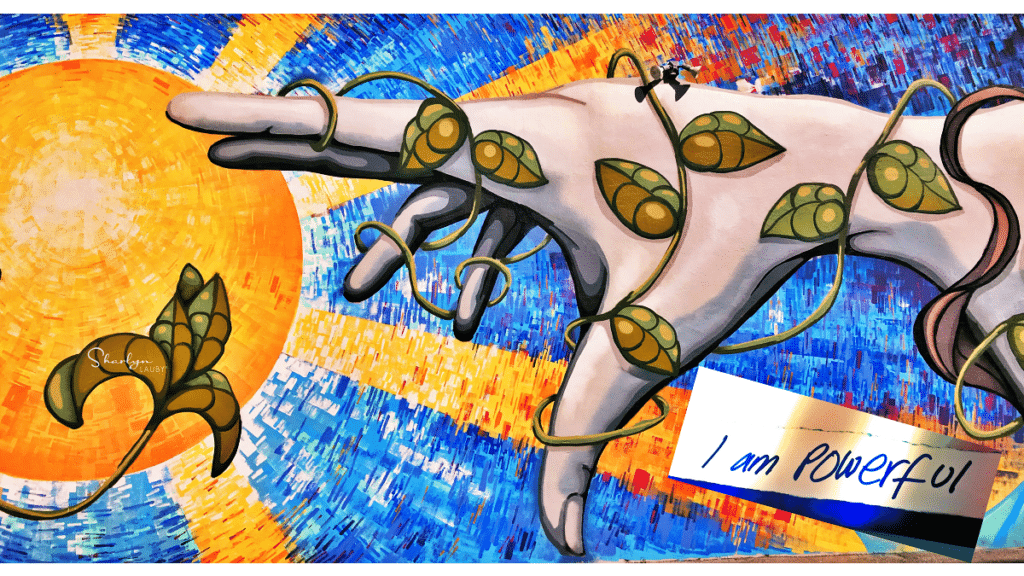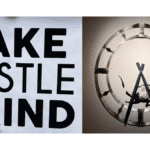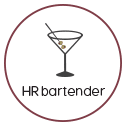Estimated reading time: 3 minutes
There’s still a lot of talk about remote, hybrid, and onsite work. On some level, that’s great because it’s encouraging a conversation about the best way to get things done. But where an employee works is only one aspect of overall performance.
Today, I want to share an activity that could be helpful in identifying an employee’s most productive work environment. If you’re a manager, you might want to encourage employees to do this exercise. If you’re an employee, you should do it and evaluate your results.
STEP ONE. Identify a time when you felt your most productive. Don’t just say “in my last job” or “last year”. Write down specifically what made it that way. Where did you work? Who was your manager? What were your co-workers like? What kind of training and support did you receive?
STEP TWO. Now do the opposite. Identify a time when you’ve felt your least productive. Resist the temptation to say “now”. Ask the same questions about your work environment, management, colleagues, training, etc.
The goal with steps one and two is to outline a clear picture of what your most productive and least productive work environments look like. This will not be easy. And please note, I’m talking about productivity. There could be things we love about our jobs, but they don’t necessarily make us our most productive selves.
Once you’ve outlined your most and least productive work environments. Benchmark where you are right now in relation to each. For example, maybe you said that your most productive self is working onsite, but you’re currently working a hybrid schedule. So, you’re close to your most productive but not exactly there. Another example might be you felt your most productive when you had regular one-on-one meetings with your manager but that’s not happening right now.
STEP THREE. Do a gap analysis. There will be qualities that are aligned with your most productive self and that’s great. There will also be gaps – some small, others large – between where you are right now and your most productive self.
STEP FOUR. Put a plan in place to address the gaps. In some cases, you might be able to chat about these gaps with your manager. For example, if you’d like more training, that could be addressed with a conversation. There could also be gaps that you have to address for yourself. For instance, maybe you’re currently working a hybrid work schedule and that’s fine but the days you’re not in the office are tough because you don’t have a dedicated workspace. You might need to spend some time thinking about how to make that happen.
At the end of this activity, you should be able to share with others what you want and need to be your most productive self. It’s a great self-awareness activity focused on what it takes to perform. Your manager would love to know this information. And if you’re a consultant working from home, your family might like to know this as well so they can support your needs.
The purpose of this exercise isn’t to buy things, although there could be things you need. The goal of this activity is to spend dedicated time thinking about your most productive work environment … and then trying to create it. Because when you’re doing your best work, everyone wins.
Image captured by Sharlyn Lauby while exploring the streets of Fort Lauderdale, FL








Justin Rigsby says
I feel like it is really important to identify the occasions when you were the most and least productive, taking notes on the work surroundings, style of leadership, coworker interactions, training/support, etc. This practice helps you gain a clear image of your ideal and unfulfilling working settings. You not only have greater energy throughout these activity spikes but you may also be more productive at work. According to research, your optimal clock hours allow you concentrate better on activities that need focus. When you execute new things, your brain performance improves. For example, at FedEx, I knew when I was most productive since that was when the volume climbed exponentially and I had saved enough energy to execute. I did know when I was the least productive since the managers would be different and their leaderships styles would vary and some of them were not to my liking.